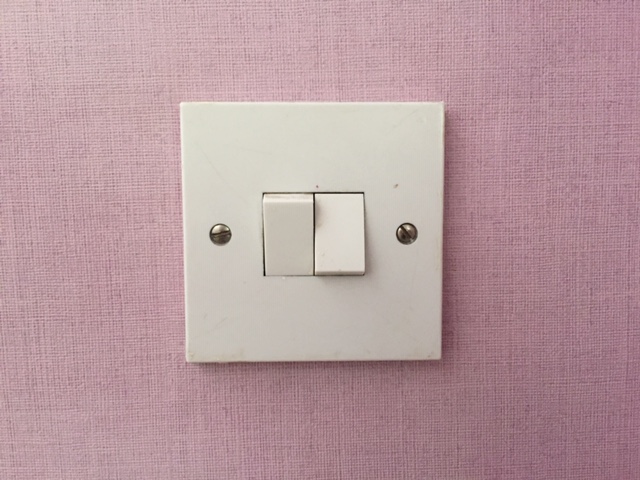Switch
Contents |
[edit] Introduction
A ‘switch’ is typically an electrical device which can either be turned on or off, depending on whether the requirement is to activate an electric circuit (turn on) or close it (turn off). Switches can be used to turn on/turn off lights and other electrical appliances and are used for a myriad of other domestic, commercial and industrial applications; this includes changing TV channels, pressing the keys on a computer keyboard and activating/deactivating car door-opening mechanisms.
[edit] How it works
When a switch is turned on, an electrical circuit is completed, allowing electric current to flow, causing the activation of the desired effect (e.g to turn a light on). Closing the switch (off position) breaks the circuit and stops the effect in question.
[edit] Manual v automatic
Switches can be activated manually or automatically:
Manual-type examples:
Automatic-type examples:
- Central heating on-off timer.
- Automatic pump.
- Smoke alarm.
As there is usually no manual activation with automatic switches, there must be an agent that causes the switch to activate. In an automatic pump, for instance, that agent is water: when the water level reaches a predetermined level, it completes a circuit causing the pump to operate. When the water level drops, the circuit is ‘broken’ and the pump stops.
[edit] Toggle
Another type of switch is a ‘toggle’ – a manually activated switch that has a protruding lever which makes it easy to actuate banks of toggle switches that need to be activated or deactivated simultaneously.
[edit] Railroad switch
A ‘switch’ in the railway sector is a mechanical device that allows a railway track to be ‘switched’ from one position to another, thereby diverting a train onto a different track. This type of switch is sometimes referred to as ‘points’.
[edit] Related articles on Designing Buildings Wiki
Featured articles and news
The UK's Modern Industrial Strategy: A 10 year plan
Previous consultation criticism, current key elements and general support with some persisting reservations.
Building Safety Regulator reforms
New roles, new staff and a new fast track service pave the way for a single construction regulator.
Architectural Technologist CPDs and Communications
CIAT CPD… and how you can do it!
Cooling centres and cool spaces
Managing extreme heat in cities by directing the public to places for heat stress relief and water sources.
Winter gardens: A brief history and warm variations
Extending the season with glass in different forms and terms.
Restoring Great Yarmouth's Winter Gardens
Transforming one of the least sustainable constructions imaginable.
Construction Skills Mission Board launch sector drive
Newly formed government and industry collaboration set strategy for recruiting an additional 100,000 construction workers a year.
New Architects Code comes into effect in September 2025
ARB Architects Code of Conduct and Practice available with ongoing consultation regarding guidance.
Welsh Skills Body (Medr) launches ambitious plan
The new skills body brings together funding and regulation of tertiary education and research for the devolved nation.
Paul Gandy FCIOB announced as next CIOB President
Former Tilbury Douglas CEO takes helm.
UK Infrastructure: A 10 Year Strategy. In brief with reactions
With the National Infrastructure and Service Transformation Authority (NISTA).
Ebenezer Howard: inventor of the garden city. Book review.
The Grenfell Tower fire, eight years on
A time to pause and reflect as Dubai tower block fire reported just before anniversary.
Airtightness Topic Guide BSRIA TG 27/2025
Explaining the basics of airtightness, what it is, why it's important, when it's required and how it's carried out.
Construction contract awards hit lowest point of 2025
Plummeting for second consecutive month, intensifying concerns for housing and infrastructure goals.
Understanding Mental Health in the Built Environment 2025
Examining the state of mental health in construction, shedding light on levels of stress, anxiety and depression.
The benefits of engaging with insulation manufacturers
When considering ground floor constructions.
Lighting Industry endorses Blueprint for Electrification
The Lighting Industry Association fully supports the ECA Blueprint as a timely, urgent call to action.
























